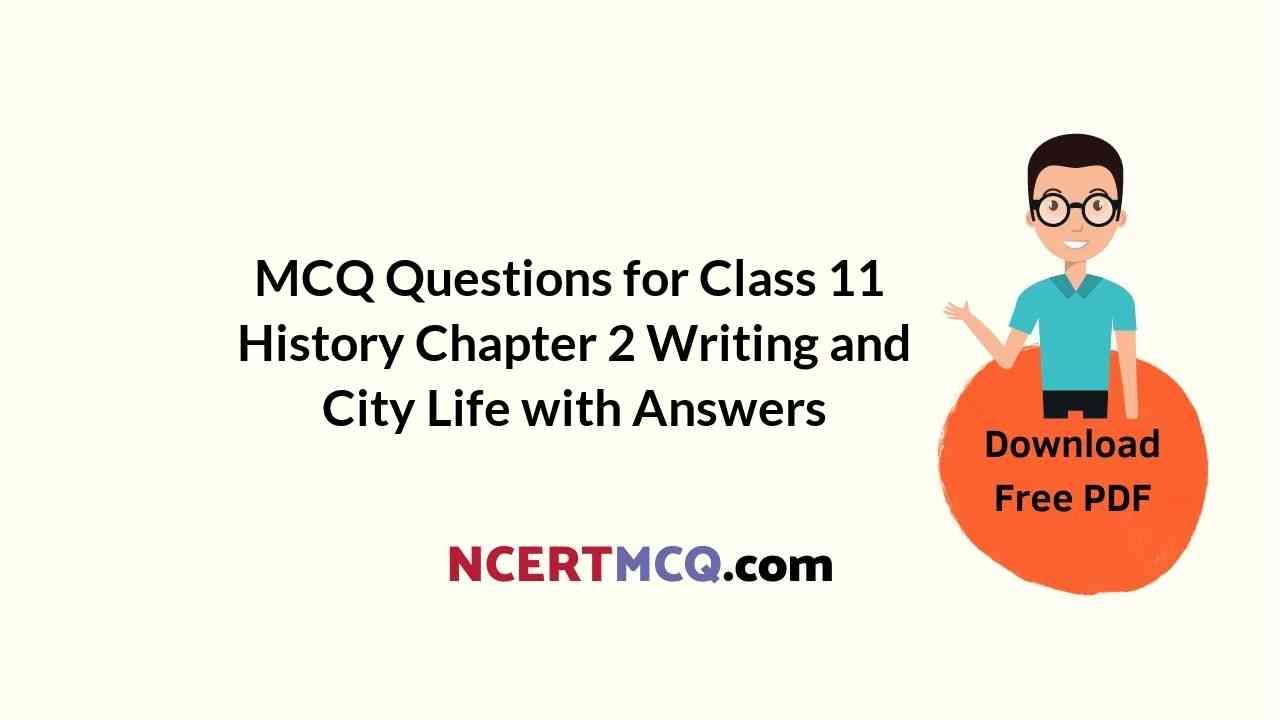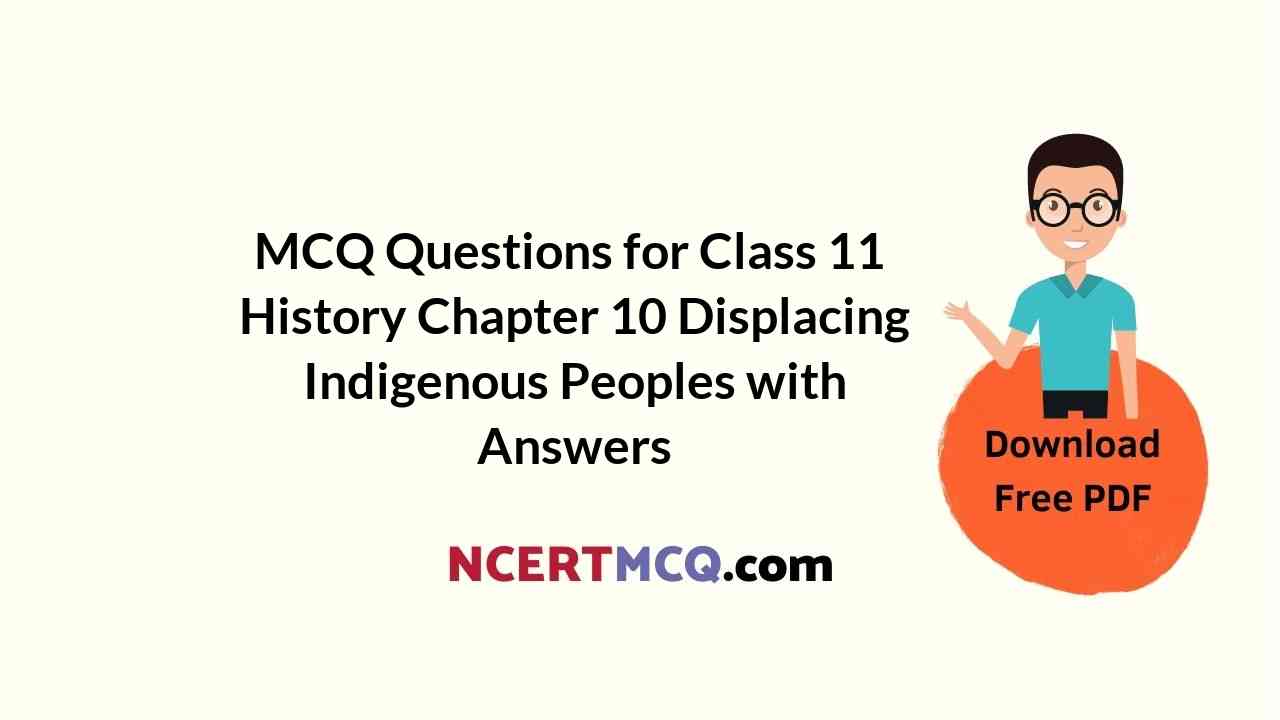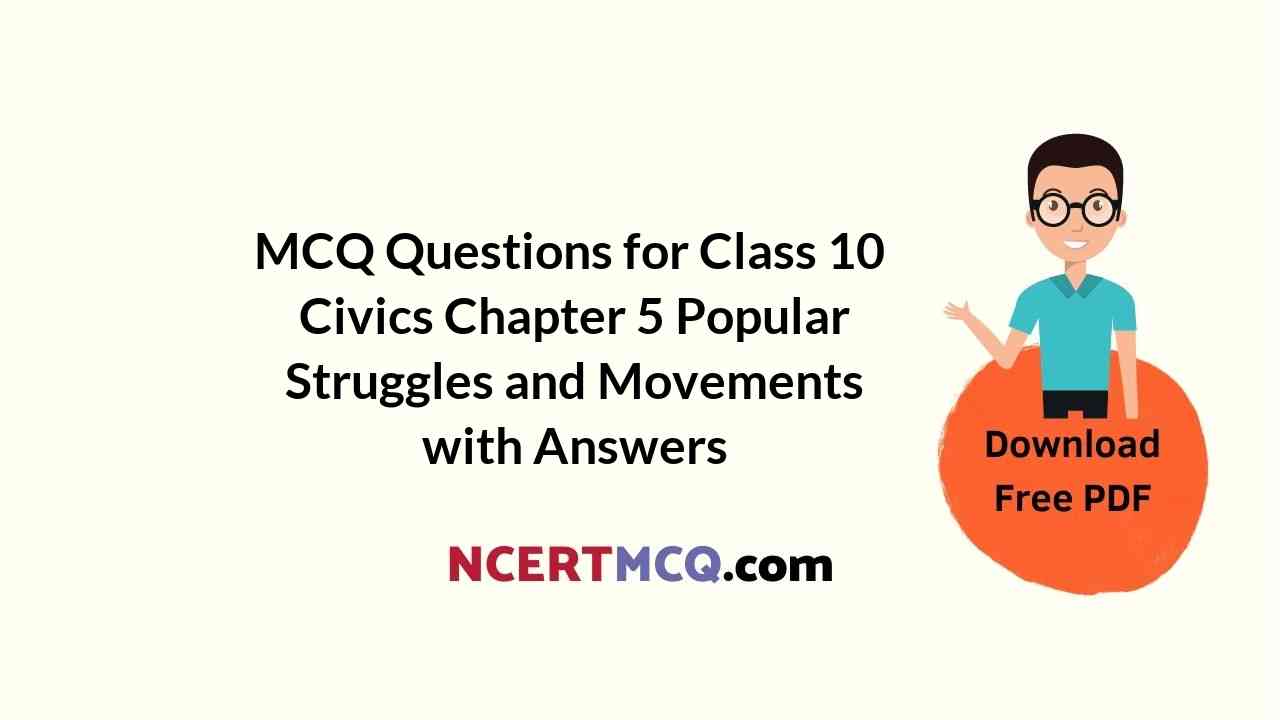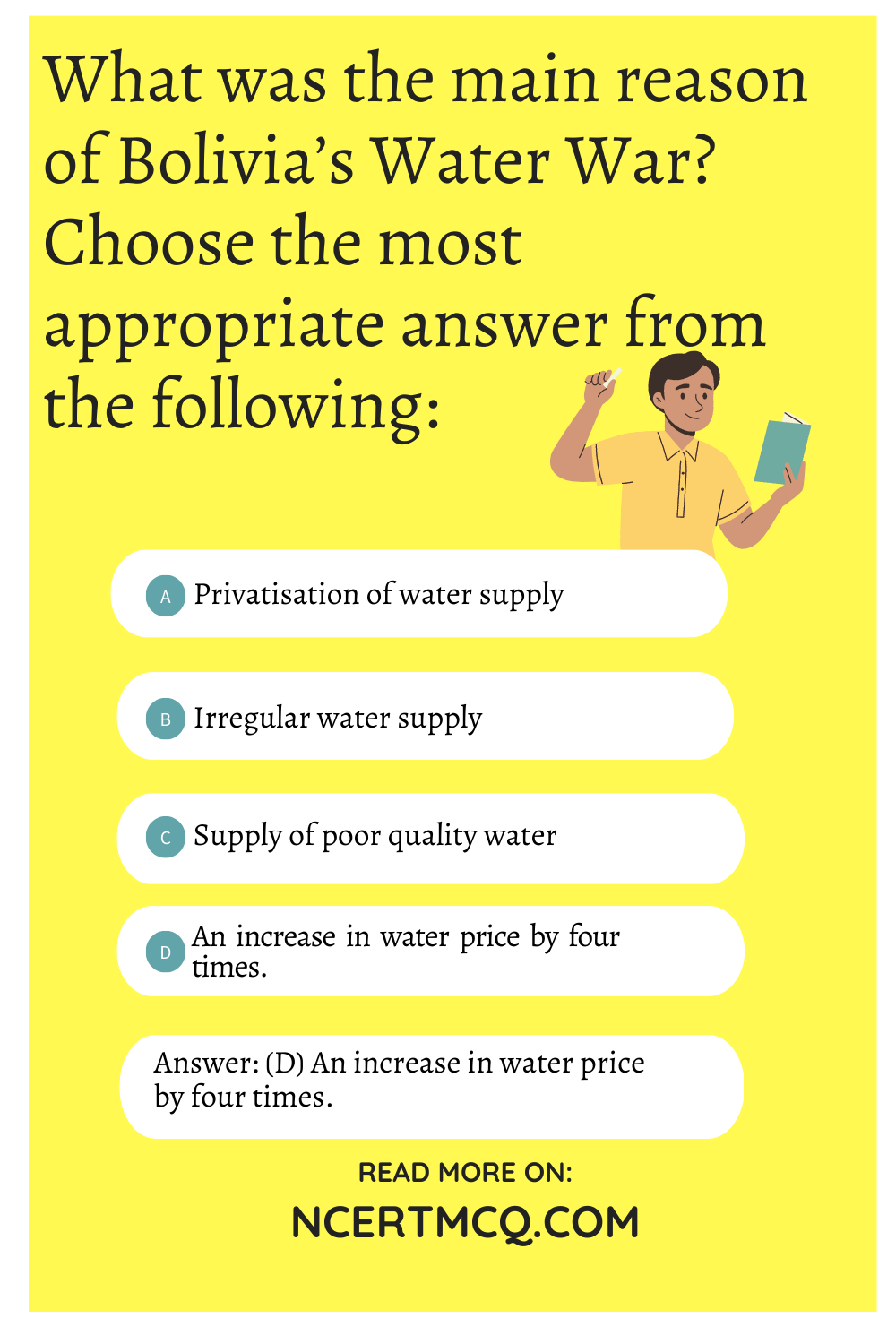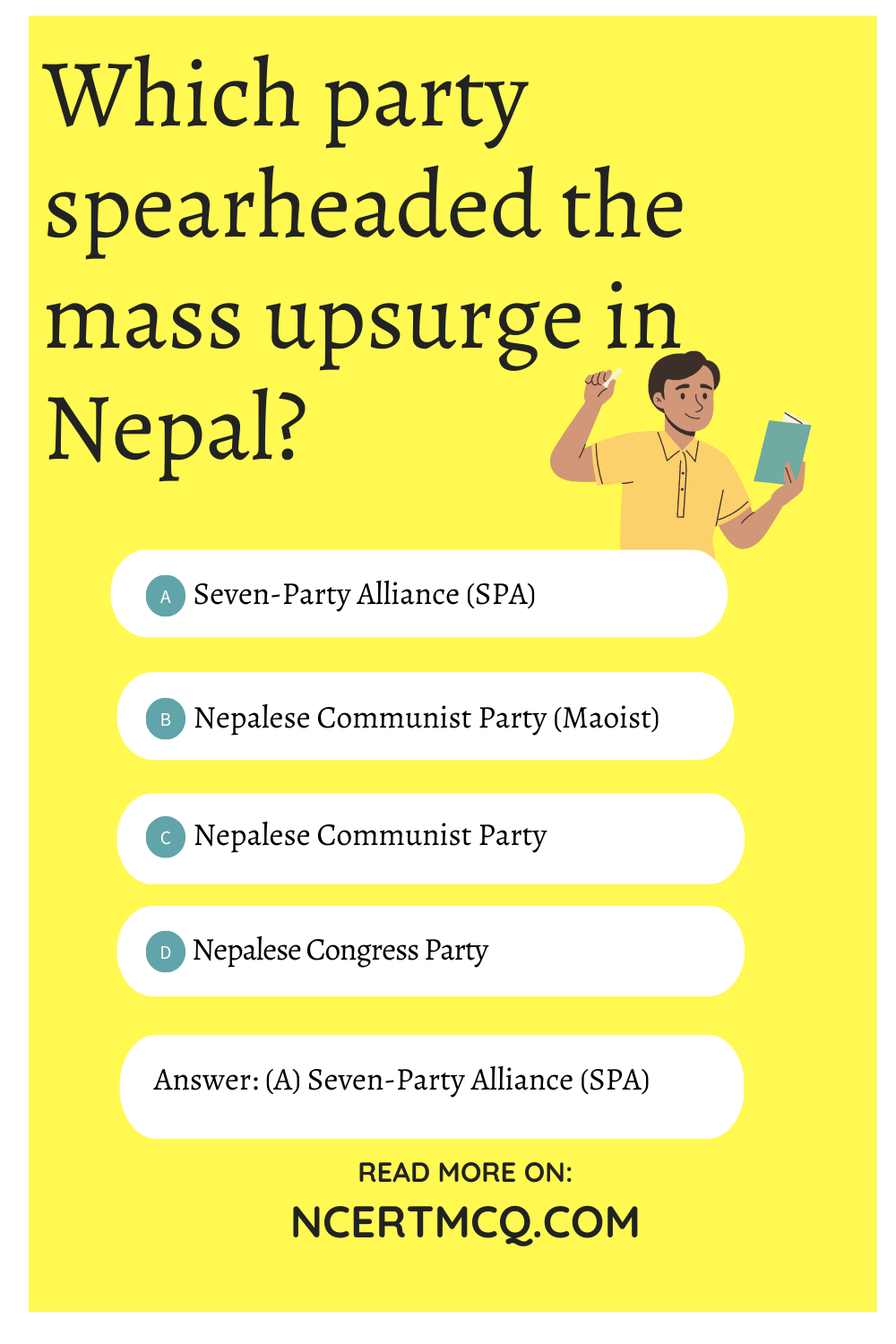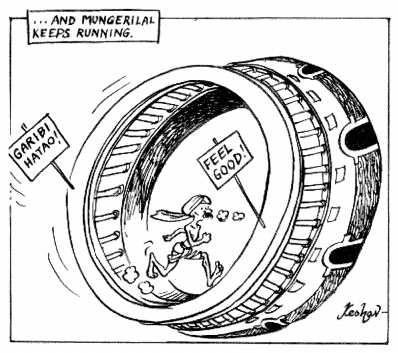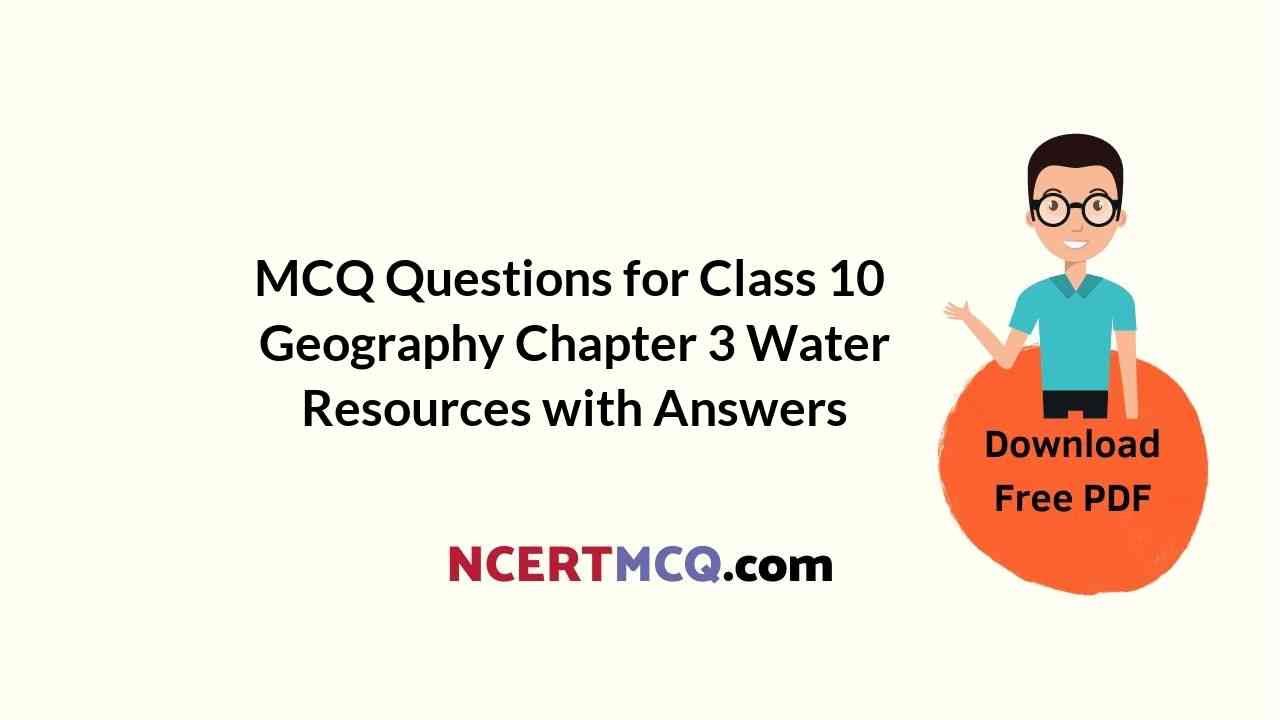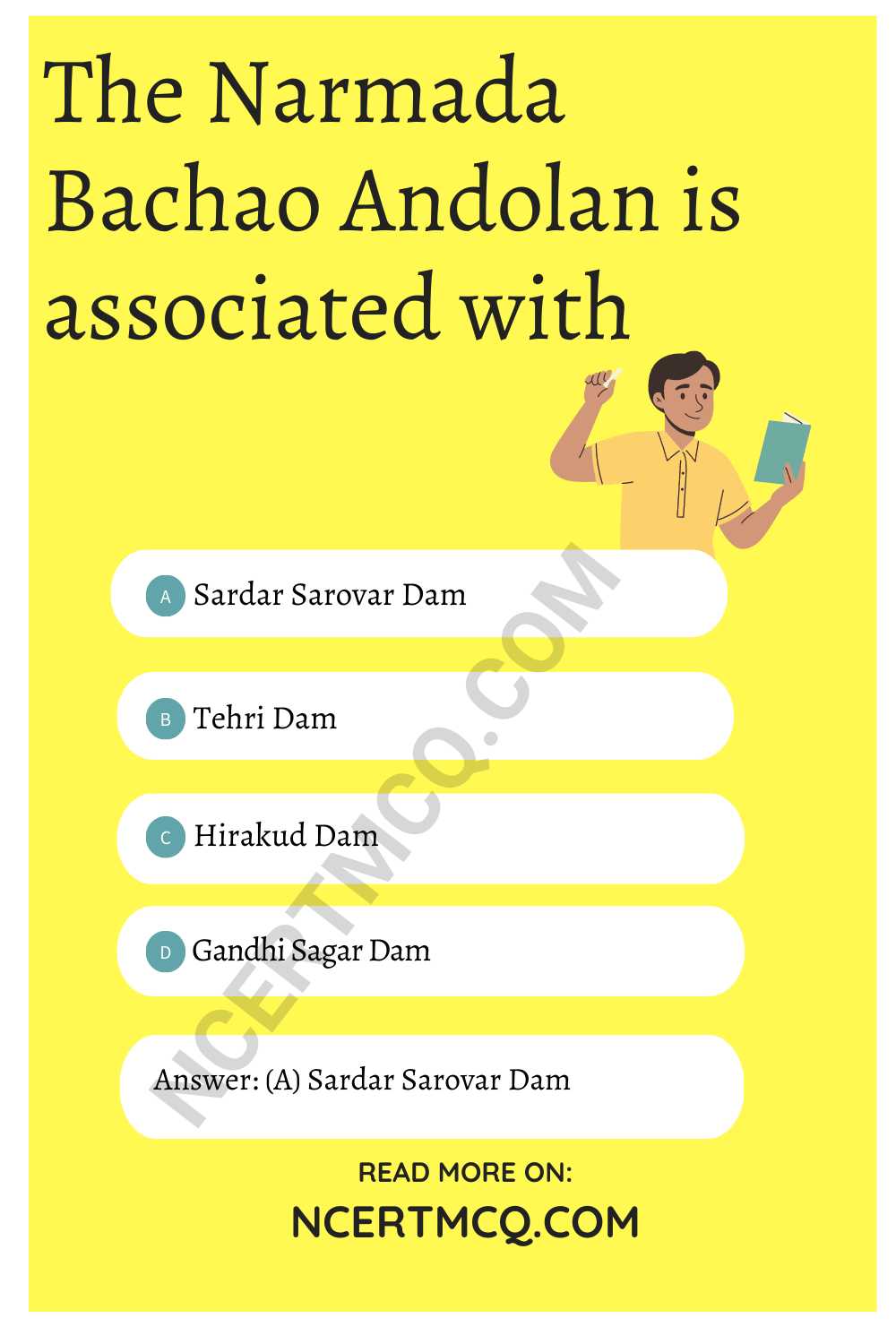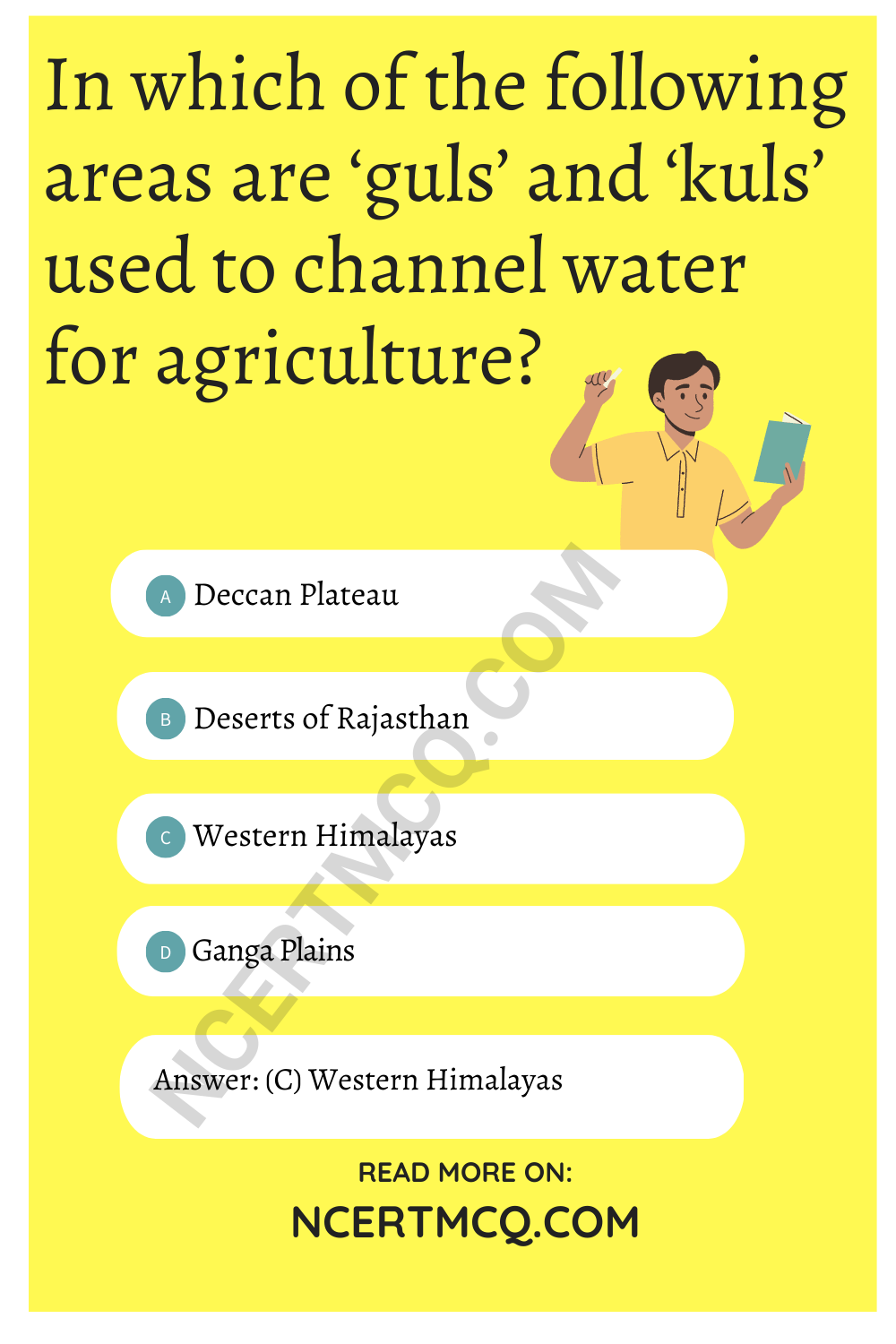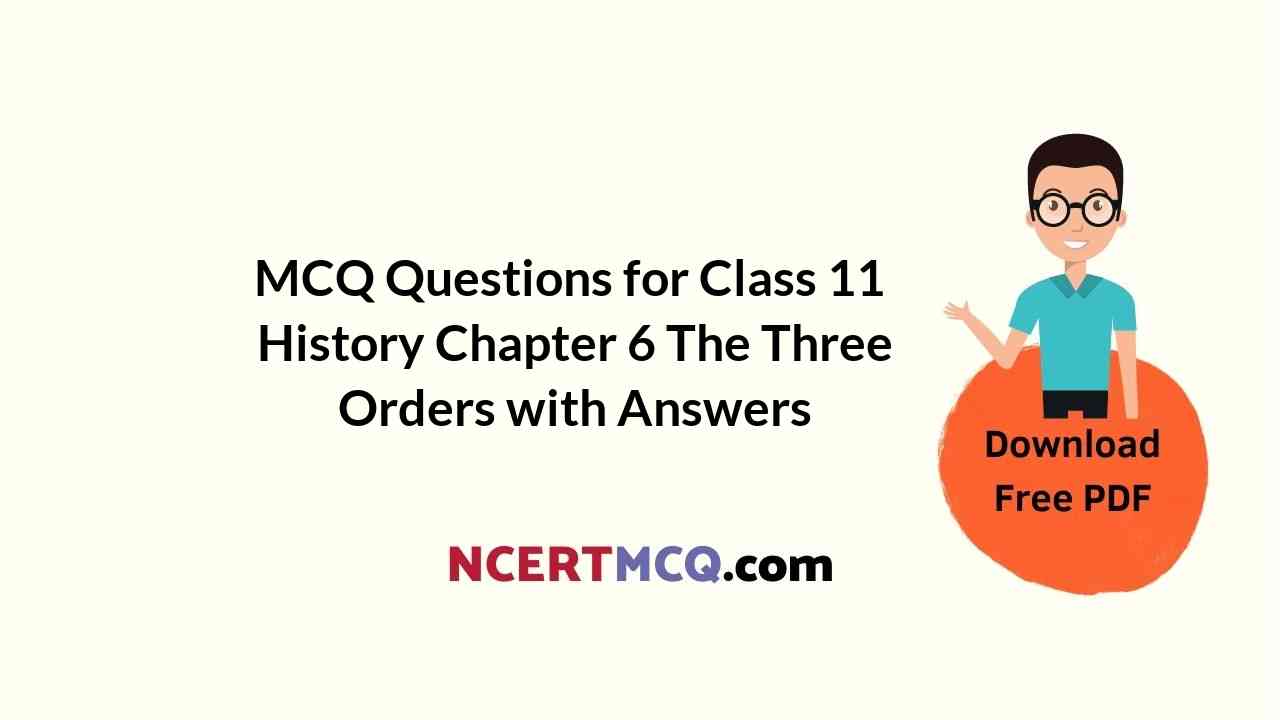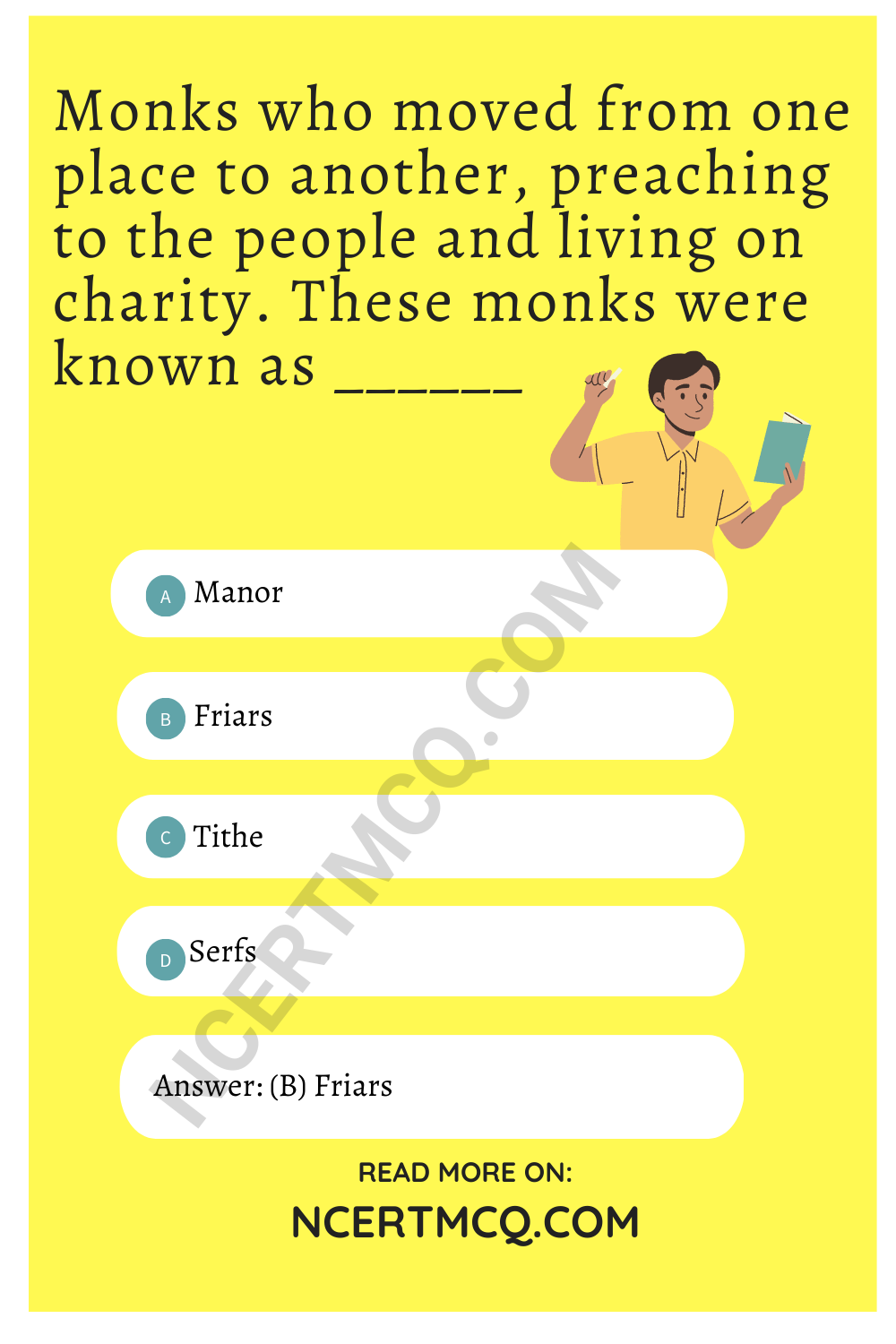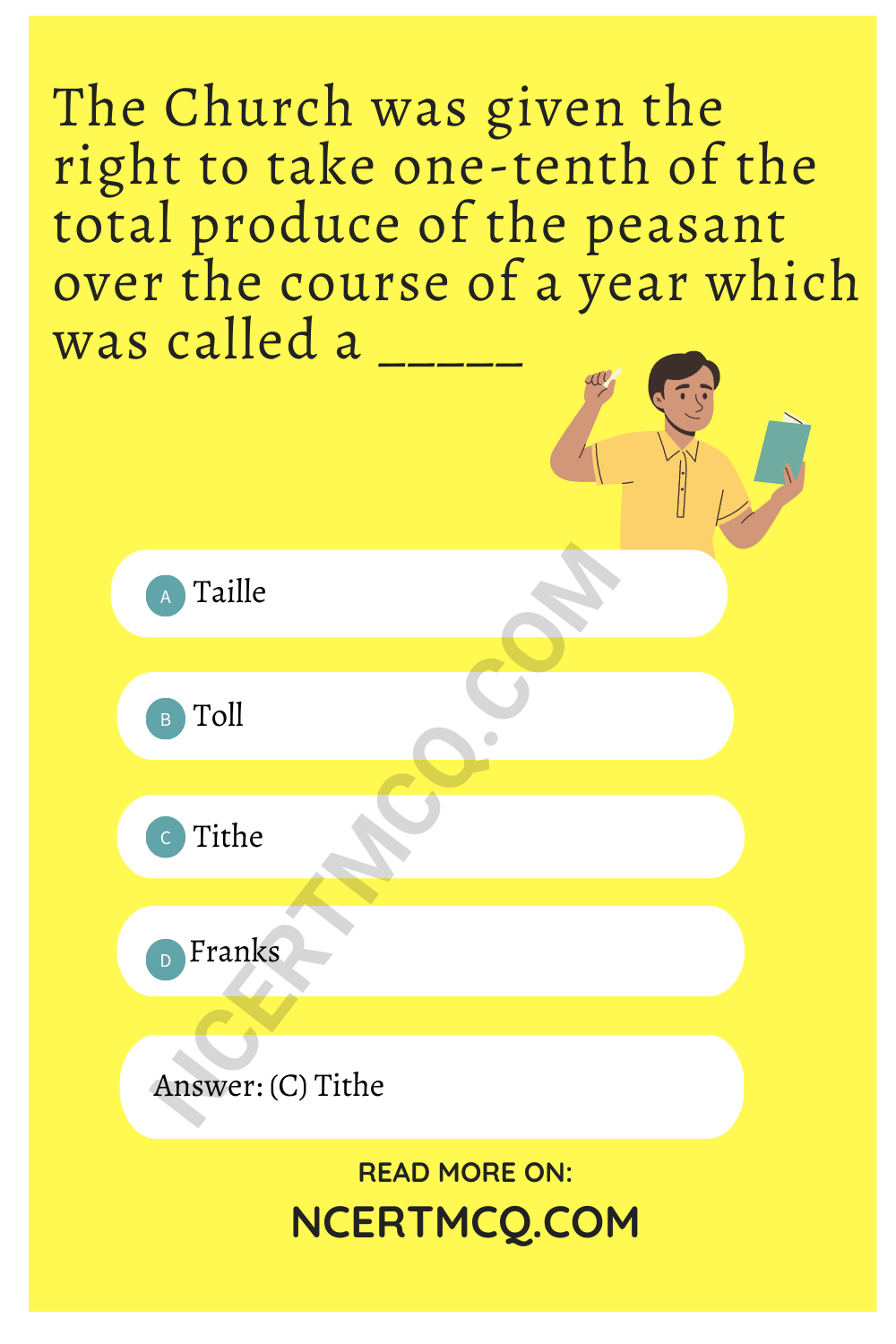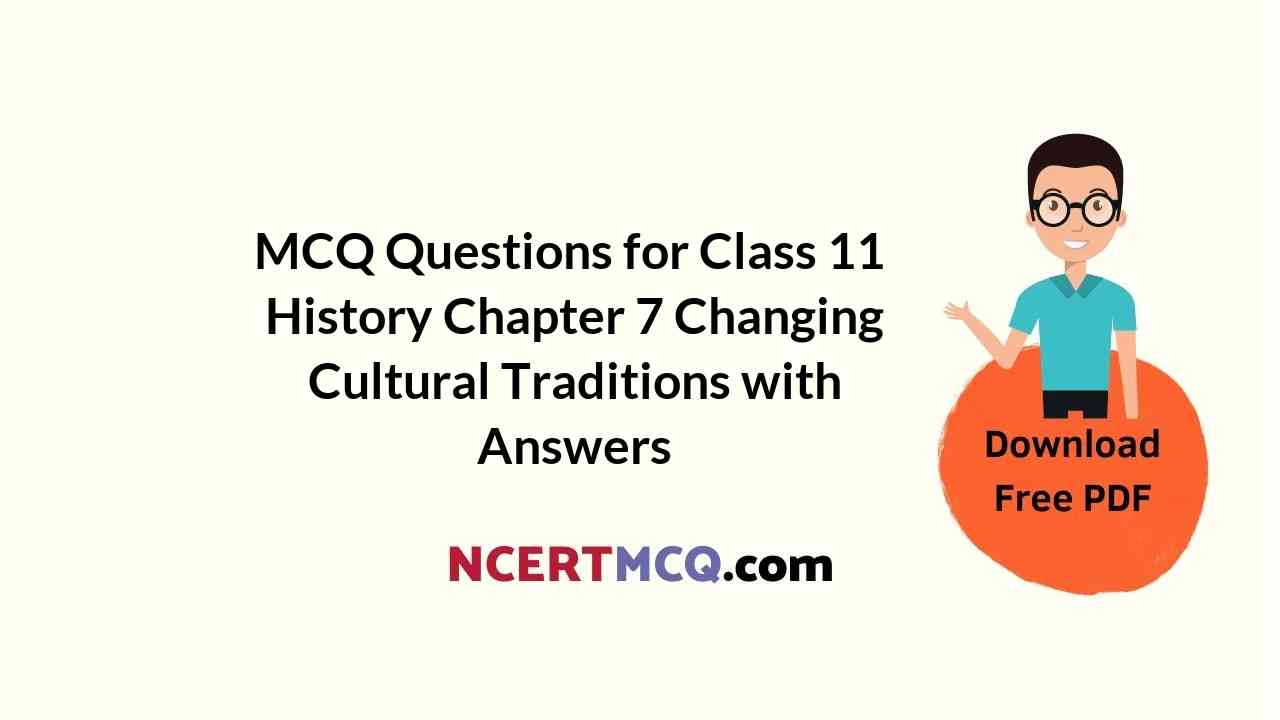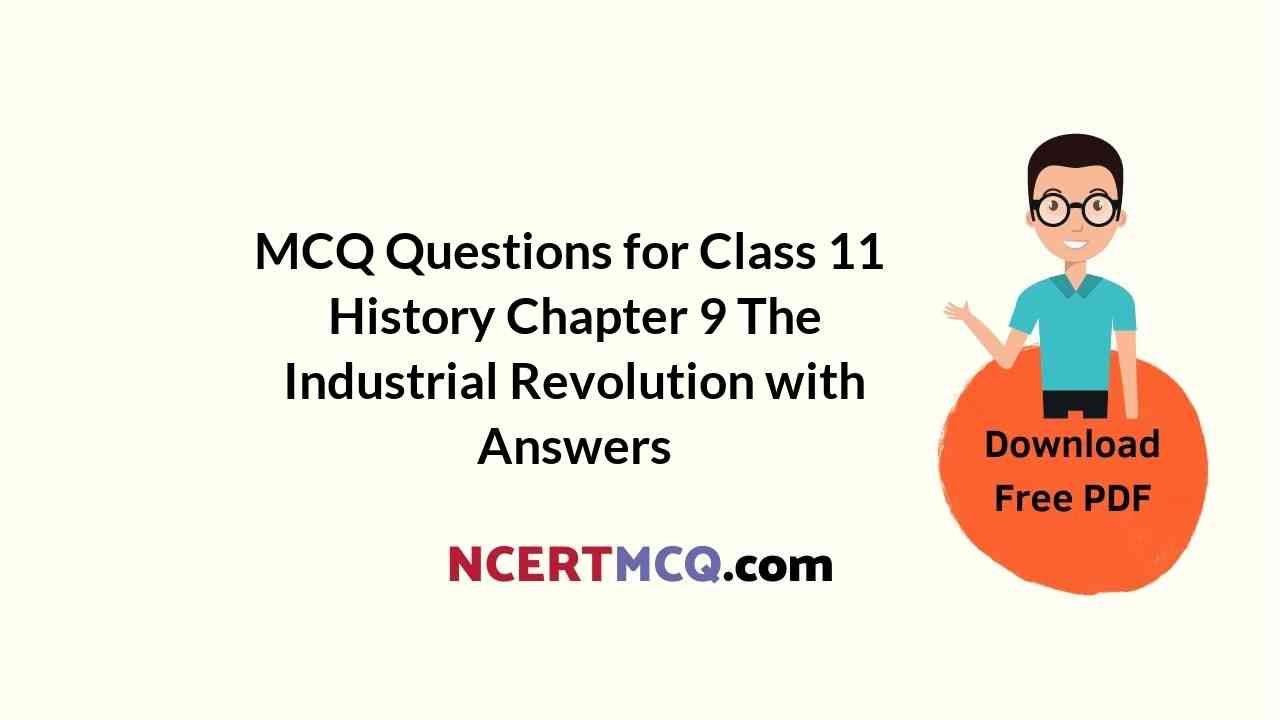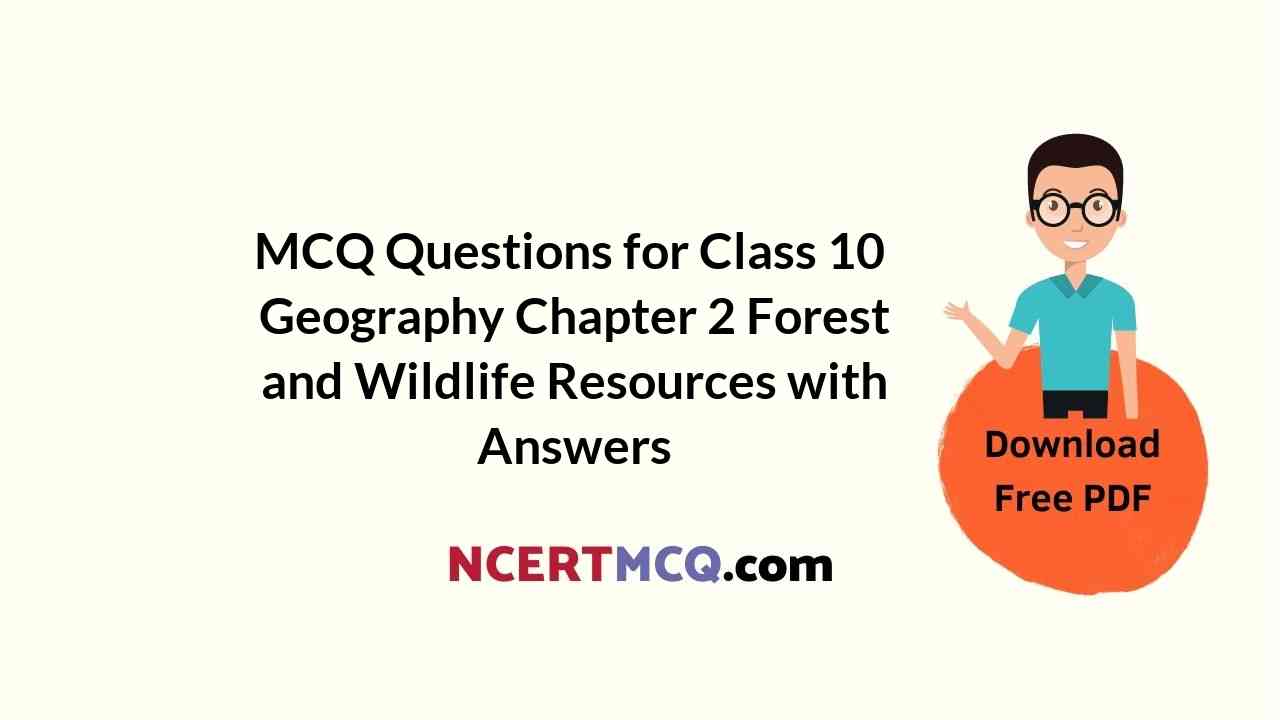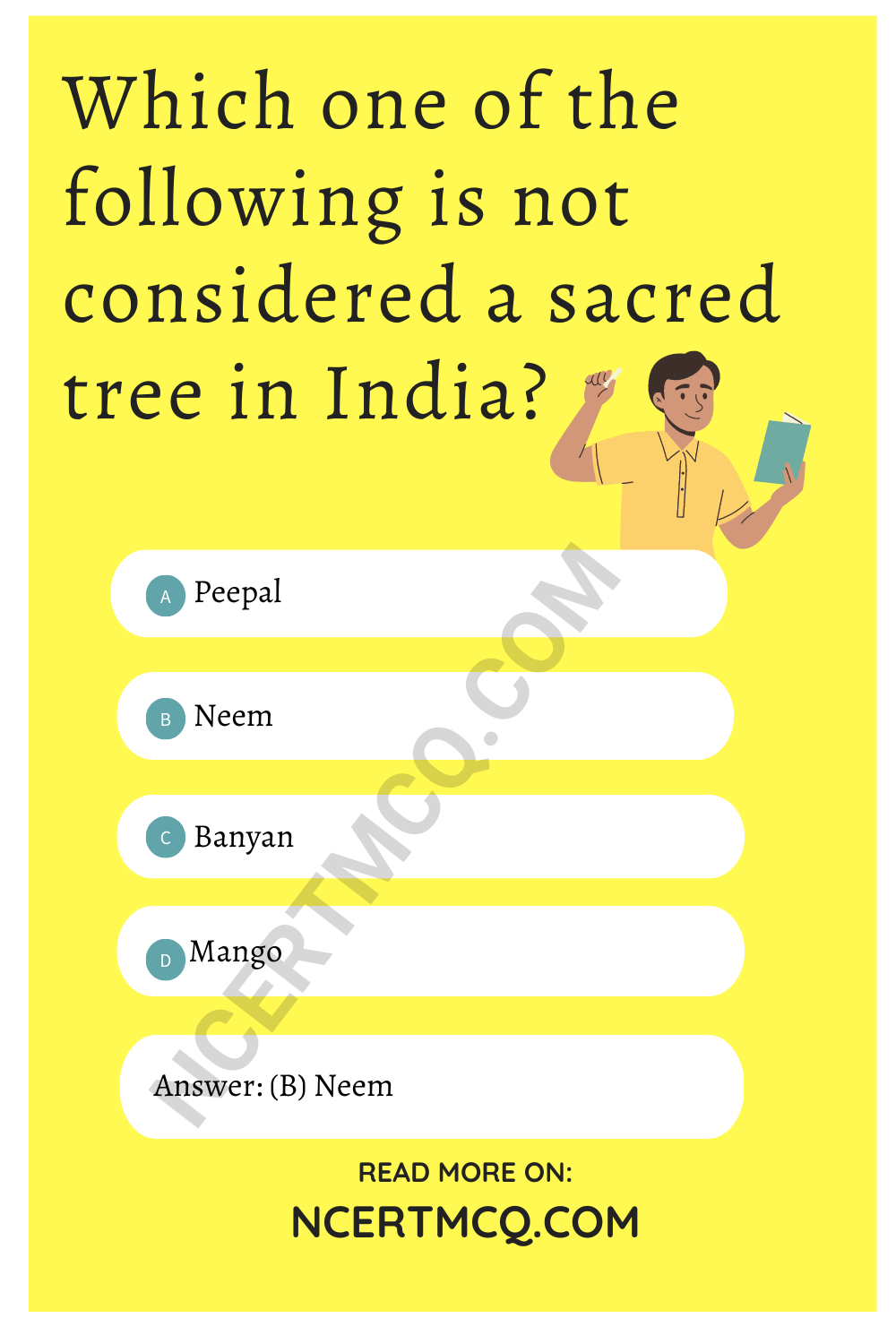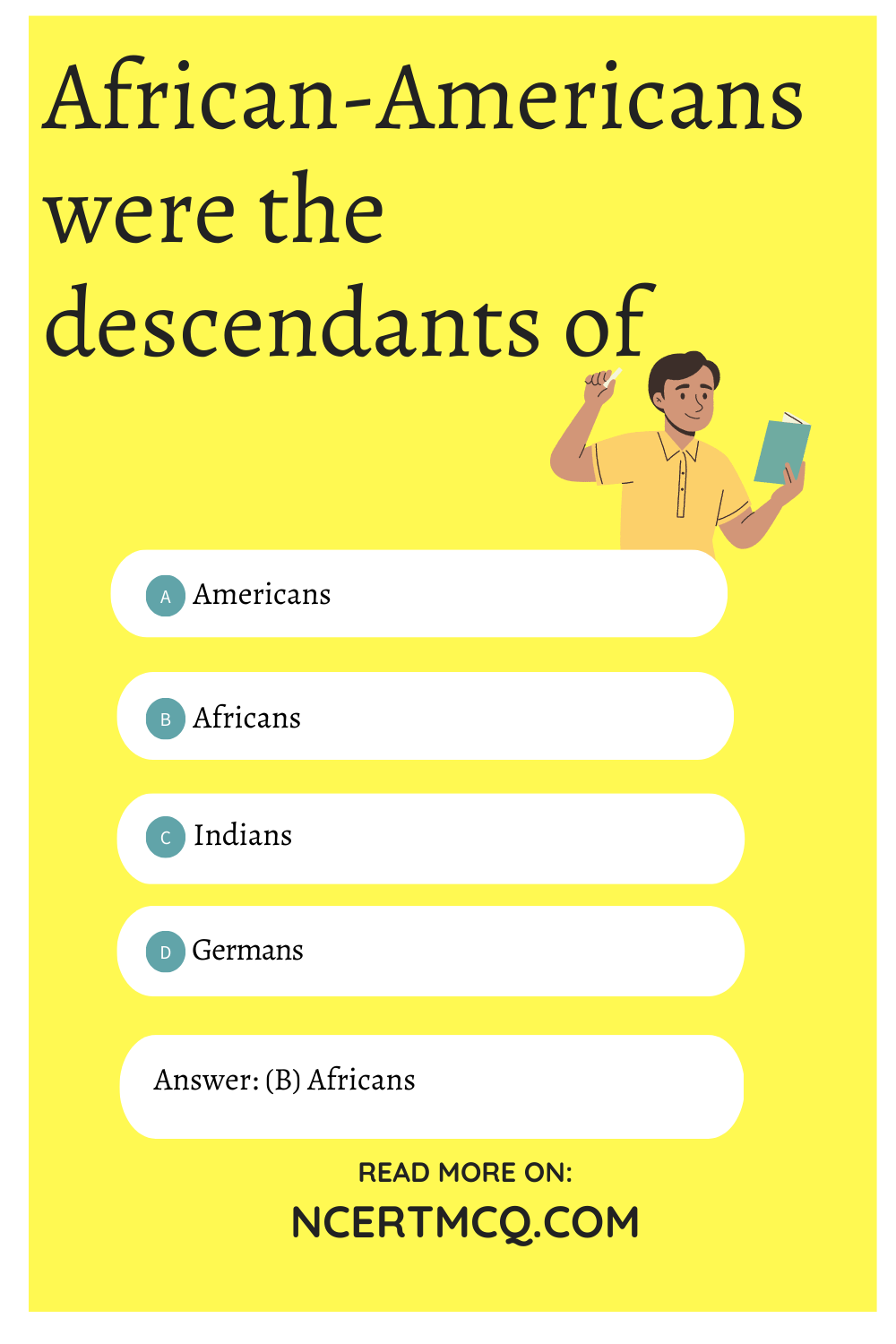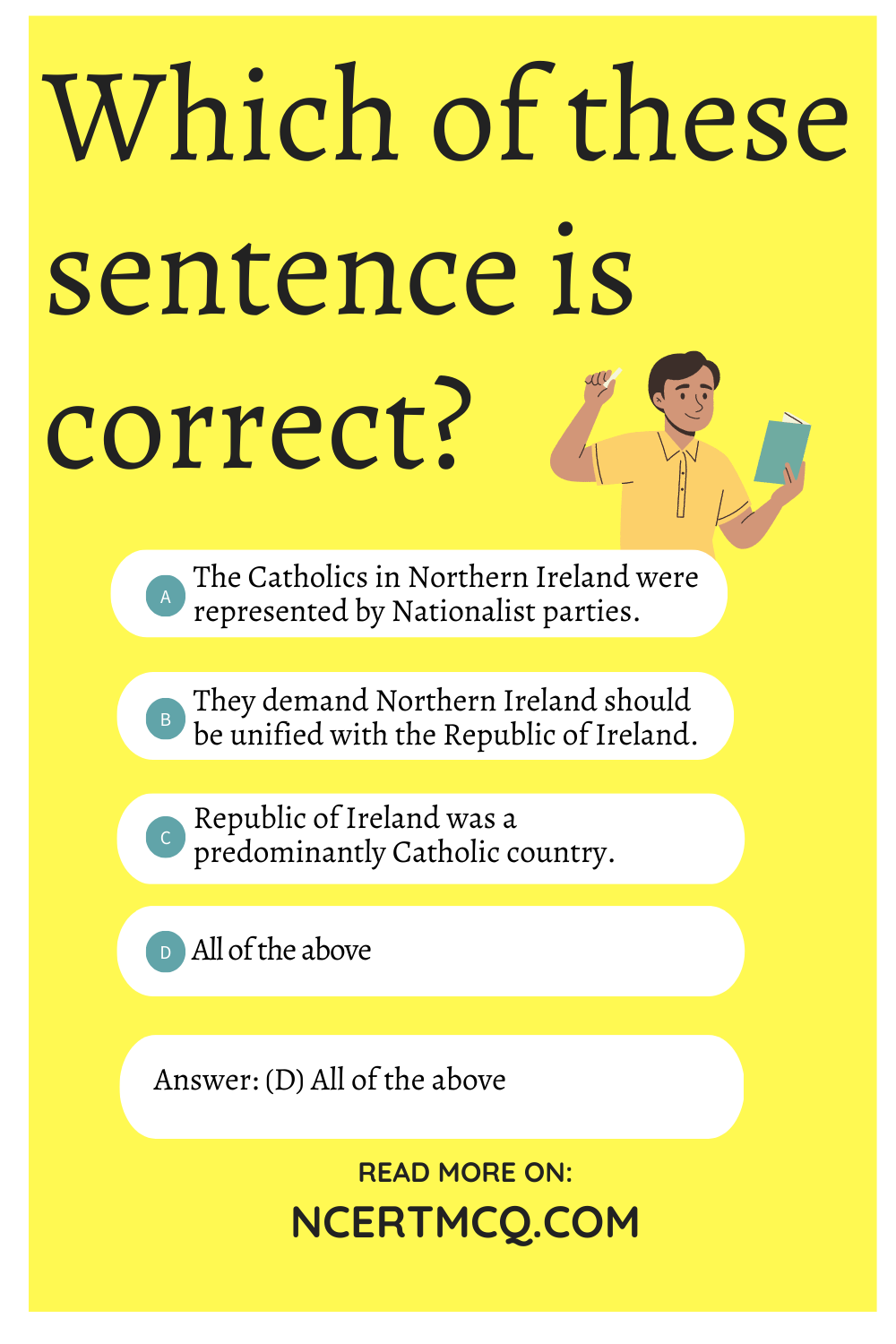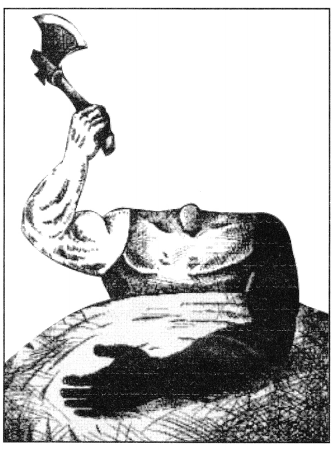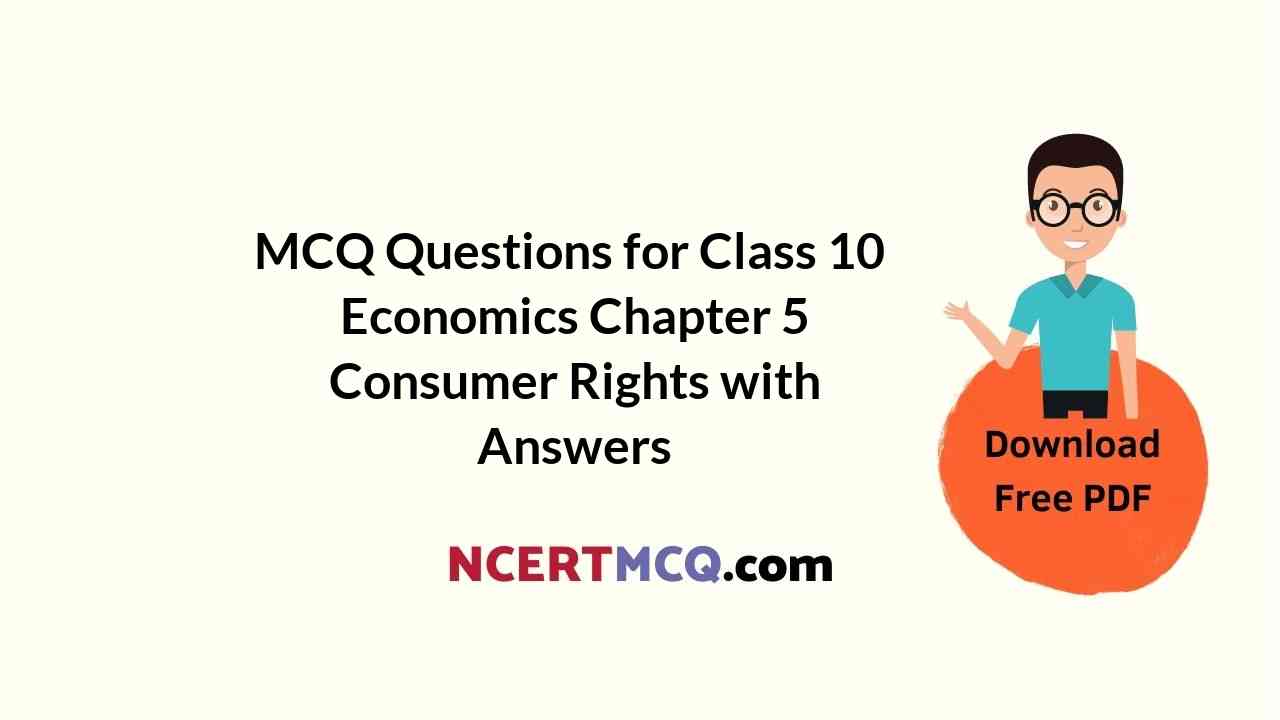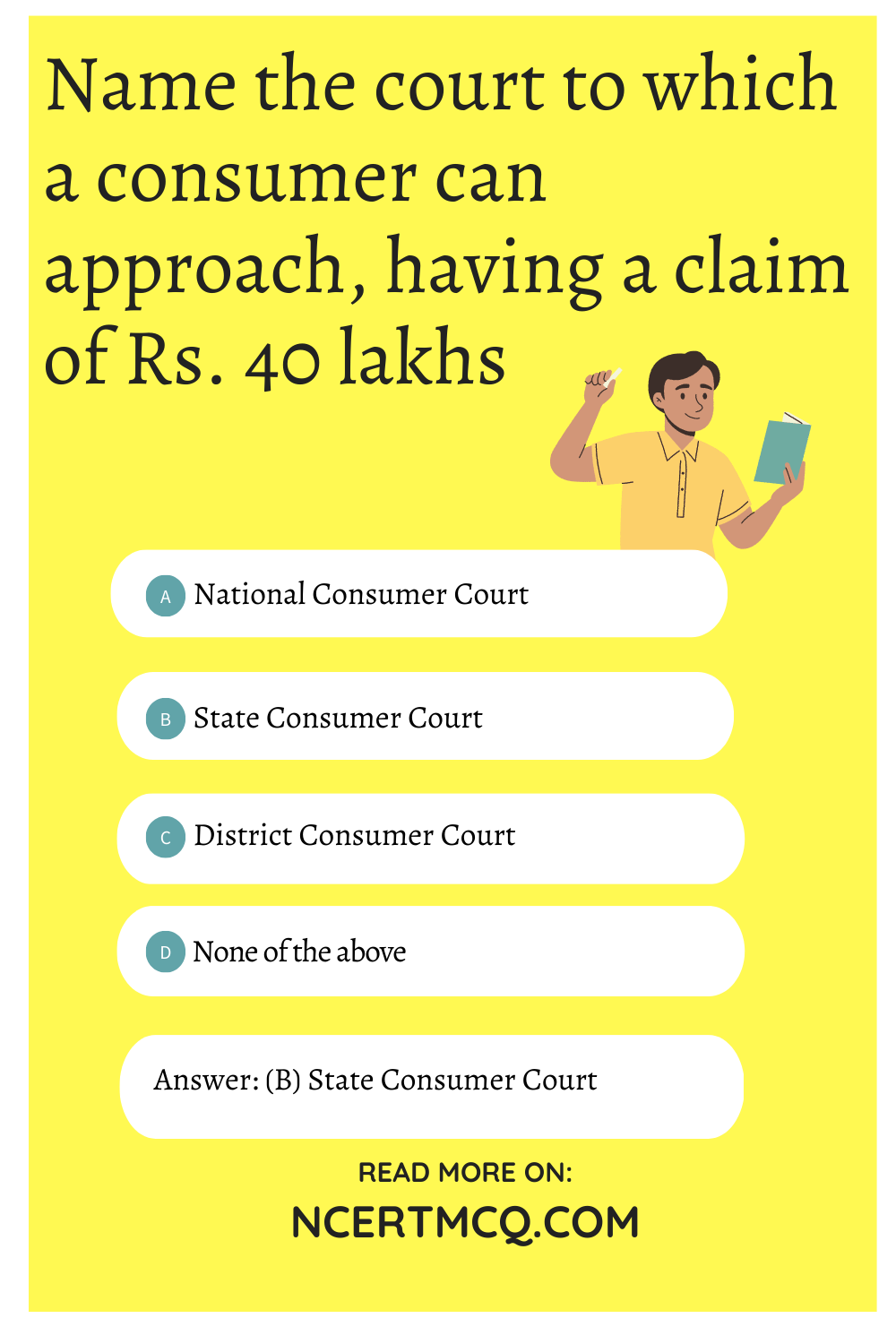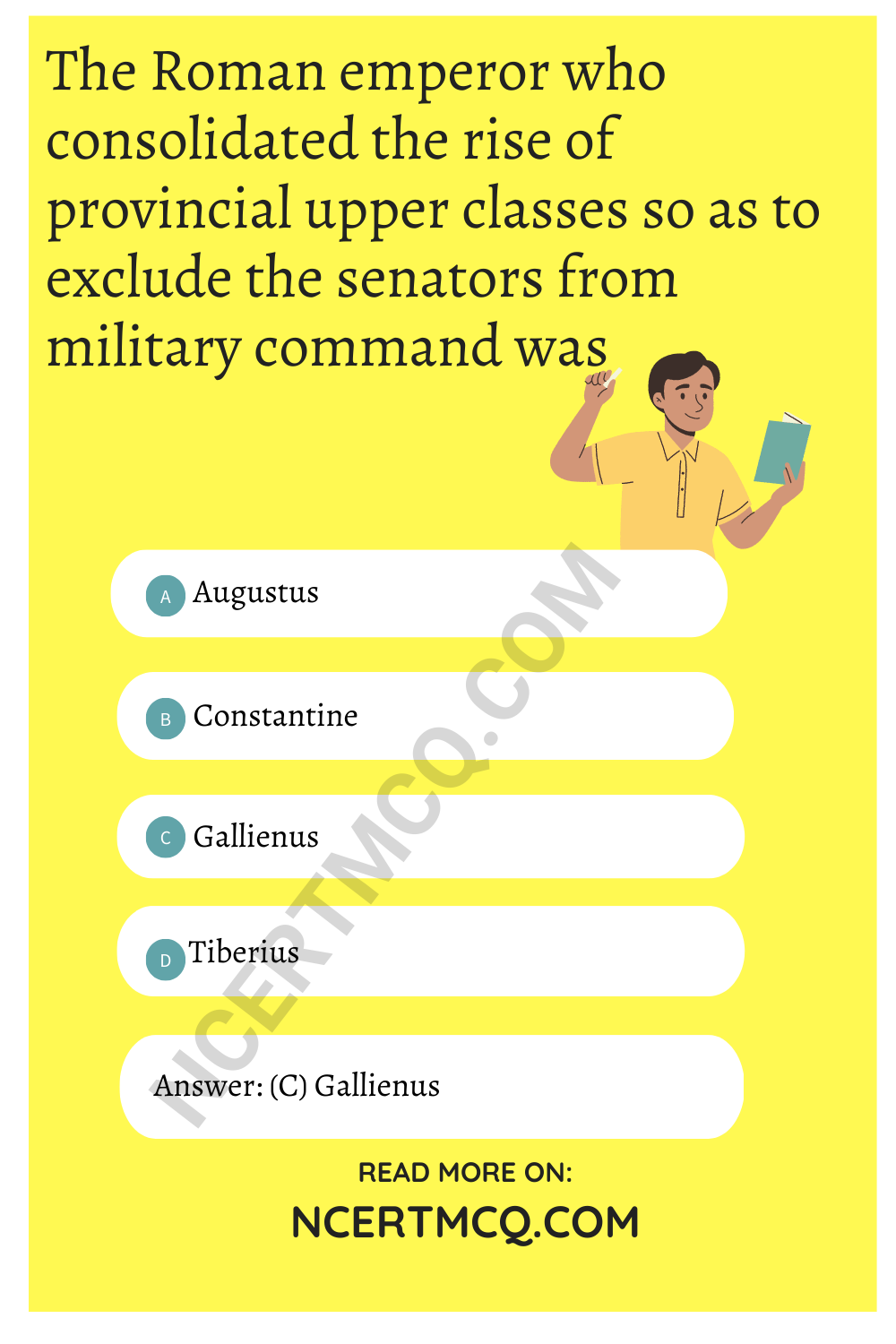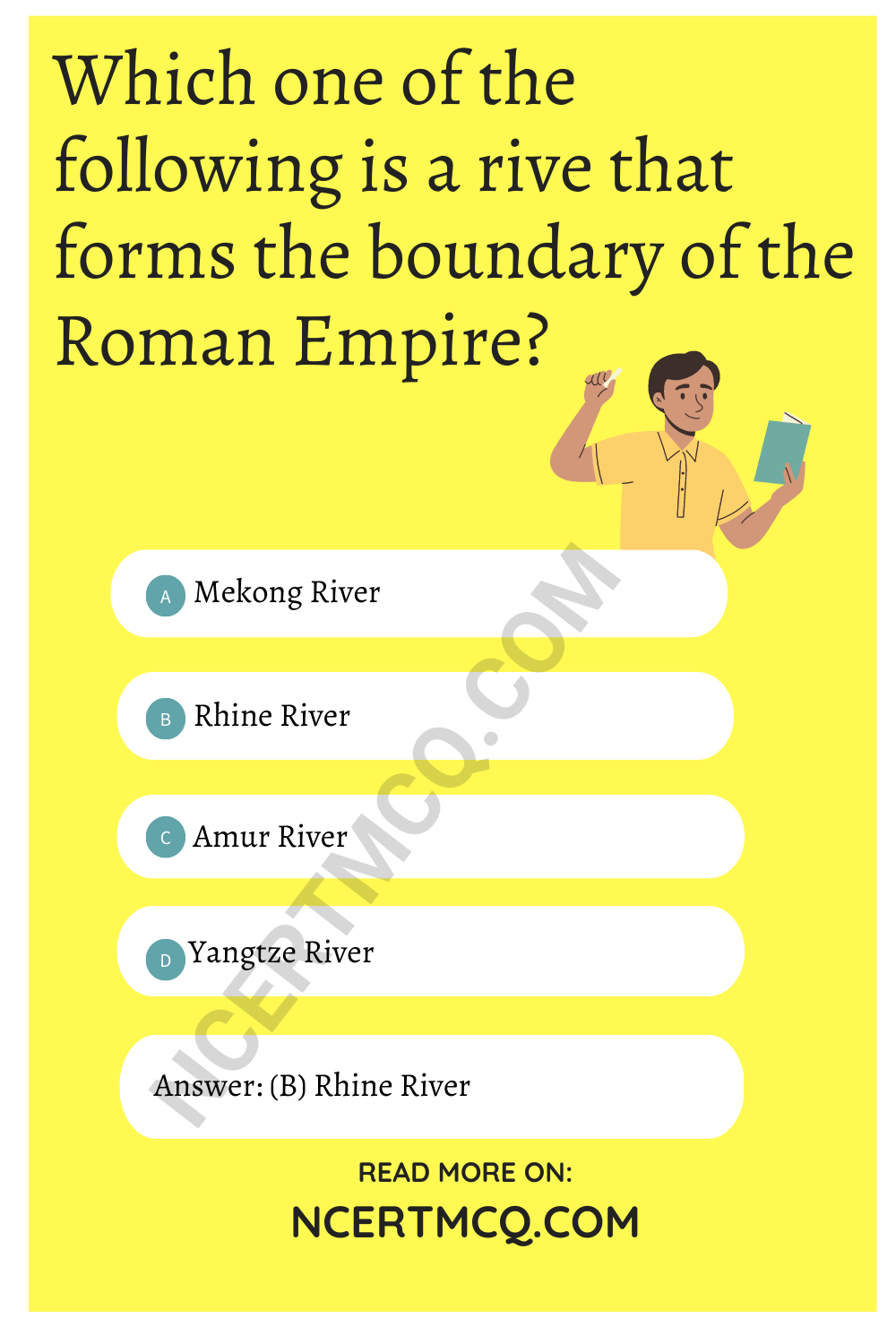Check the below Online Education NCERT MCQ Questions for Class 11 History Chapter 2 Writing and City Life with Answers Pdf free download. MCQ Questions for Class 11 History with Answers were prepared based on the latest exam pattern. We have provided Writing and City Life Class 11 History MCQs Questions with Answers to help students understand the concept very well.
Class 11 History Chapter 2 Writing and City Life MCQ With Answers
History Class 11 Chapter 2 MCQs On Writing and City Life
Writing And City Life MCQ Questions Question 1.
From which wordCuneiform is derived?
(a) Latin
(b) Greek
(c) Chinese
(d) Mayan
Answer
Answer: (a) Latin
Writing And City Life MCQ Question 2.
Which language replaced the Sumerian language after 2400 BCE?
(a) Mesopotamian language
(b) Akkadian language
(c) Chinese language
(d) Middle Eastern language
Answer
Answer: (b) Akkadian language
Class 11 History Chapter 2 MCQ Question 3.
In the 2000 BCE, the city that flourished as the royal capital of Mesopotamia was
(a) Ur
(b) Mari
(c) Mohenjodaro
(d) Kalibangan
Answer
Answer: (b) Mari
Writing And City Life Class 11 MCQ Question 4.
With which person, the first event of Sumerian trade is associated?
(a) The ancient ruler of Uruk City, Enmerkar
(b) The ancient ruler of Lebanon City, Enmerkar
(c) The ancient ruler of Nile City, Enmerkar
(d) The ancient ruler of Aral City, Enmerkar
Answer
Answer: (a) The ancient ruler of Uruk City, Enmerkar
Class 11 History Ch 2 MCQ Question 5.
Inanna was the Goddess of
(a) the Moon
(b) love and War
(c) wind
(d) fire
Answer
Answer: (b) love and War
Class 11 History Chapter 2 MCQ Questions Question 6.
The earliest temples in Southern Mesopotamia were built-in
(a) c.4000 BCE
(b) c.5000 BCE
(c) c.6000 BCE
(d) c.7000 BCE
Answer
Answer: (b) c.5000 BCE
MCQ Of Writing And City Life Question 7.
Mesopotamian weapons were prominently made of
(a) bronze
(b) copper
(c) stone
(d) iron
Answer
Answer: (a) bronze
Class 11 History Chapter 2 MCQ With Answers Question 8.
The Mesopotamian city, which was systematically excavated in the 1930s, was
(a) Uruk
(b) Ur
(c) Mari
(d) Nineveh
Answer
Answer: (b) Ur
Writing And City Life MCQ Questions Pdf Question 9.
The Achaemenids of Iran conquered Babylon in
(a) 639 BCE
(b) 539 BCE
(c) 439 BCE
(d) 339 BCE
Answer
Answer: (b) 539 BCE
History Class 11 Chapter 2 MCQ Question 10.
The King who released Babylonia from Assyrian domination in 625 BCE was
(a) Alexander
(b) Nabonidus
(c) Nabopolassar
(d) Sargon
Answer
Answer: (c) Nabopolassar
History Chapter 2 Class 11 MCQ Question 11.
The technological landmark witnessed by the urban economy of the city of Uruk was
(a) bronze tools
(b) construction of brick columns
(c) potter’s wheel
(d) oil pressing technique
Answer
Answer: (c) potter’s wheel
Writing And City Life Class 11 MCQ Questions Question 12.
War captives and local people who were put to work for the temple or for the ruler were paid
(a) bronze tools
(b) cattle
(c) coins
(d) rations
Answer
Answer: (d) rations
Ch 2 History Class 11 MCQ Question 13.
In ______ part of southern Iran, the first cities and writing emerged.
(a) plain
(b) deserted
(c) mountainous
(d) hilly
Answer
Answer: (b) deserted
MCQ Questions For Class 11 History Chapter 2 Question 14.
The Mesopotamian ruler who became the king of Akkad, in 2370 BCE, was
(a) Enmerkar
(b) Gilgamesh
(c) Hammurabi
(d) Sargon
Answer
Answer: (d) Sargon
We hope the given NCERT MCQ Questions for Class 11 History Chapter 2 Writing and City Life with Answers Pdf free download will help you. If you have any queries regarding CBSE Class 11 History Writing and City Life MCQs Multiple Choice Questions with Answers, drop a comment below and we will get back to you soon.
Class 11 History with Answers MCQ:
- From the Beginning of Time Class 11 MCQ
- Writing and City Life Class 11 MCQ
- An Empire Across Three Continents Class 11 MCQ
- The Central Islamic Lands Class 11 MCQ
- Nomadic Empires Class 11 MCQ
- The Three Orders Class 11 MCQ
- Changing Cultural Traditions Class 11 MCQ
- Confrontation of Cultures Class 11 MCQ
- The Industrial Revolution Class 11 MCQ
- Displacing Indigenous Peoples Class 11 MCQ
- Paths to Modernization Class 11 MCQ
